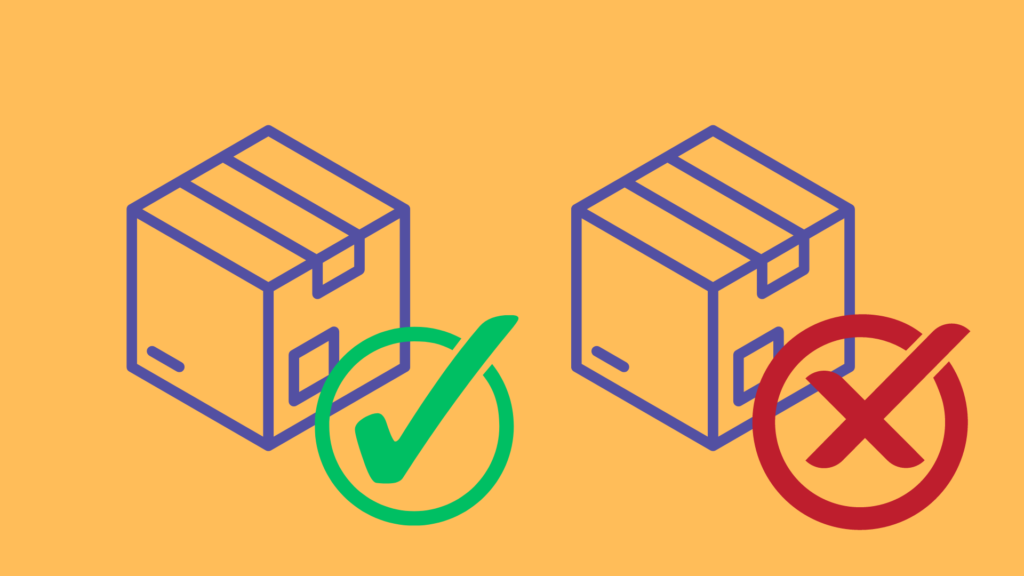Correct and safe packaging of goods during transport is one of the key factors in successful delivery. Mistakes in this area can lead to damage or loss of goods in transit, which means extra costs.

In this article, we will look at different types of packaging and compare their effectiveness. Let’s try to find out which is better for commercial use: what kind of packaging can guarantee the safety of your goods and minimise logistics risks?
One of the most competitive and familiar types is the shipping carton. They are easy to handle, available in a variety of sizes, and strong enough for light to medium loads. However, they may not be strong enough to transport heavy or fragile items.
Among other things, there are a number of limitations to using cardboard boxes:
Tip: Use high-quality double or triple layers of cardboard boxes, and reinforce corners and seams with tape. For fragile items, add an extra layer of protection with bubble wrap or seals.
Pallets (pallets) are flat platforms, usually made of wood, that allow you to properly stack and move shipping units. They are used to pack bulky goods.
Pallets are often used in combination with stretch film to ensure that your goods are securely fixed and protected. They are also convenient for shipping by sea – in containers, where they are additionally secured with straps.
There are 2 sizes of pallets used in international shipping:
The standard weight of a pallet does not exceed 20 kg and the height is 0.145 m. They can withstand loads of up to 2 tonnes.
Tip: When stacking goods on pallets, distribute the weight evenly to avoid distortion and falling out during transport. Use enough stretch wrap to secure the goods to the pallet, but do not overtighten to avoid damaging the contents.
Corrugated cardboard containers
Corrugated cardboard containers are rigid boxes made of corrugated cardboard. They combine lightness and strength.
Wooden boxes
Provide higher protection for heavy and bulky goods. Typically used for intercontinental shipments and goods that require particularly careful handling.
Tip: Make sure that the boxes are made of good quality wood and properly reinforced with metal corners. Add internal protective materials such as styrofoam or foamed polyethylene to prevent shifting and damage to the shipment.
Aluminium alloy boxes
Lightweight but strong enough to be used for transporting valuable or environmentally sensitive goods.
Each type of packaging has its advantages and limitations. Choosing the best one depends on the characteristics of the cargo and the conditions of transportation. For example, for heavy or bulky goods, it is better to use wooden boxes or pallets, while for light and fragile items, cardboard boxes or aluminium alloy containers are suitable.
1. If I order a delivery from China, who will be responsible for packing the goods?
This is the responsibility of the manufacturer and/or supplier. However, it is a good idea to discuss the details in advance and make your own adjustments if their method of transportation does not seem reliable to you.
2. If my goods are damaged in transit, who is responsible for this?
The boundaries of responsibility and even the payment of operating expenses are regulated by the Incoterms rules. We recommend that you familiarise yourself with them for anyone who wants to do or is already doing business with international transport.